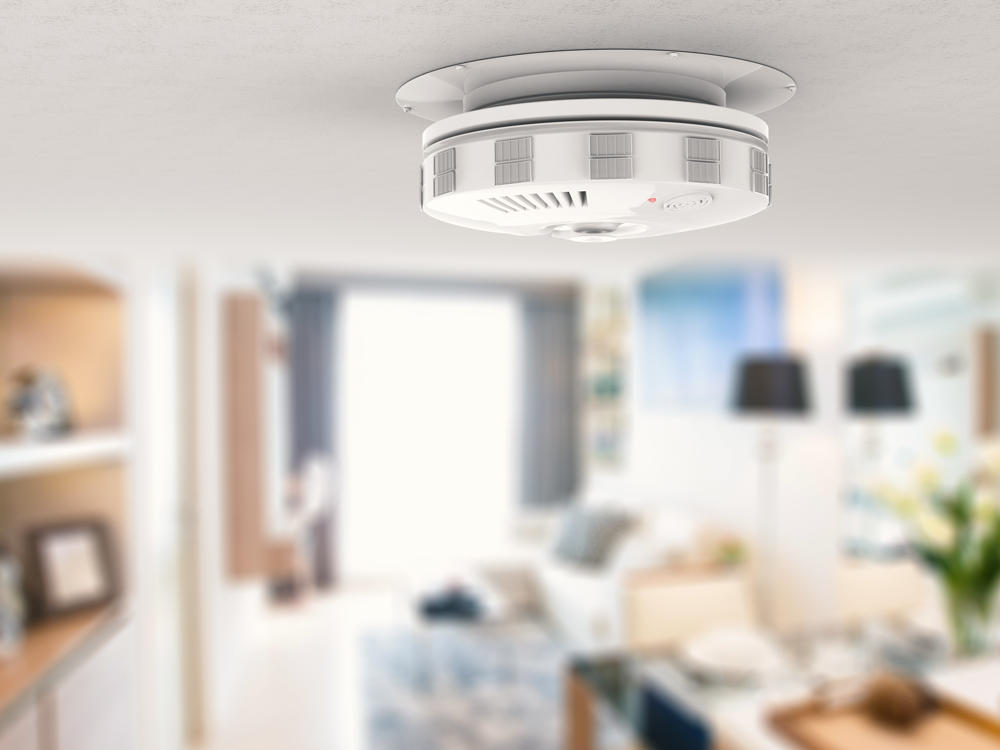 1. Fix a Running Toilet.
1. Fix a Running Toilet.
Is your toilet running non-stop? This is a costly problem that needs fixed quickly, or it can lead to an expensive water bill. The Flush Valve Assembly is the mechanism you see when you open the toilet tank lid (it’s okay, we didn’t know what it was called either). This is the piece that needs to either be readjusted or replaced.
2. Set Your Thermostat Properly.
The U.S. Department of Energy recommends your thermostat be set to 68 degrees in the winter and 78 degrees during the summer. In the Northwest, frozen pipes can pose a costly risk in the winter. Therefore, it is recommended that your temperature remains at least 55 degrees inside the home during cold weather.
3. Test your GFCIs.
What’s this, you ask? A GFCI is a ground fault circuit interrupter – this is the mechanism in your home’s electrical outlets that protects you against electrocution by cutting off power when a disturbance in current is detected. There are two buttons on your electrical outlet: test and reset. Test your GFCI’s once monthly by plugging in a small lamp to each one and pressing the test button. You should hear a click, the lamp should turn off, and the reset button should pop out. Push the reset button back in and the lamp should turn back on. If you don’t experience this result, this means that the GFCI is not working properly and your outlet is wired incorrectly. Consult an electrician for assistance.
4. Change the Air Filters on Your HVAC System.
It is recommended that you schedule maintenance of your HVAC system each spring and fall by a licensed contractor to ensure everything continues to run smoothly. In-between these regular maintenance checkups, filters need to be changed, especially when they’re dirty. Dirty filters shorten the lifespan of your entire system. Be sure to check the manual for which air filter to purchase. Turn off your HVAC system while switching out the filter, remove the old filter and replace with the new filter, then turn your unit back on.
5. Change Your Lawn Mower Oil.
You should change your mower oil at least once a year. Disconnect the spark plug so the engine won’t turn on while you’re changing the oil. Drain the oil into a specifically-designed oil pan (then dispose of the oil properly – recycled). Replace the oil filter with the appropriate filter for your mower, and then refill the oil.




